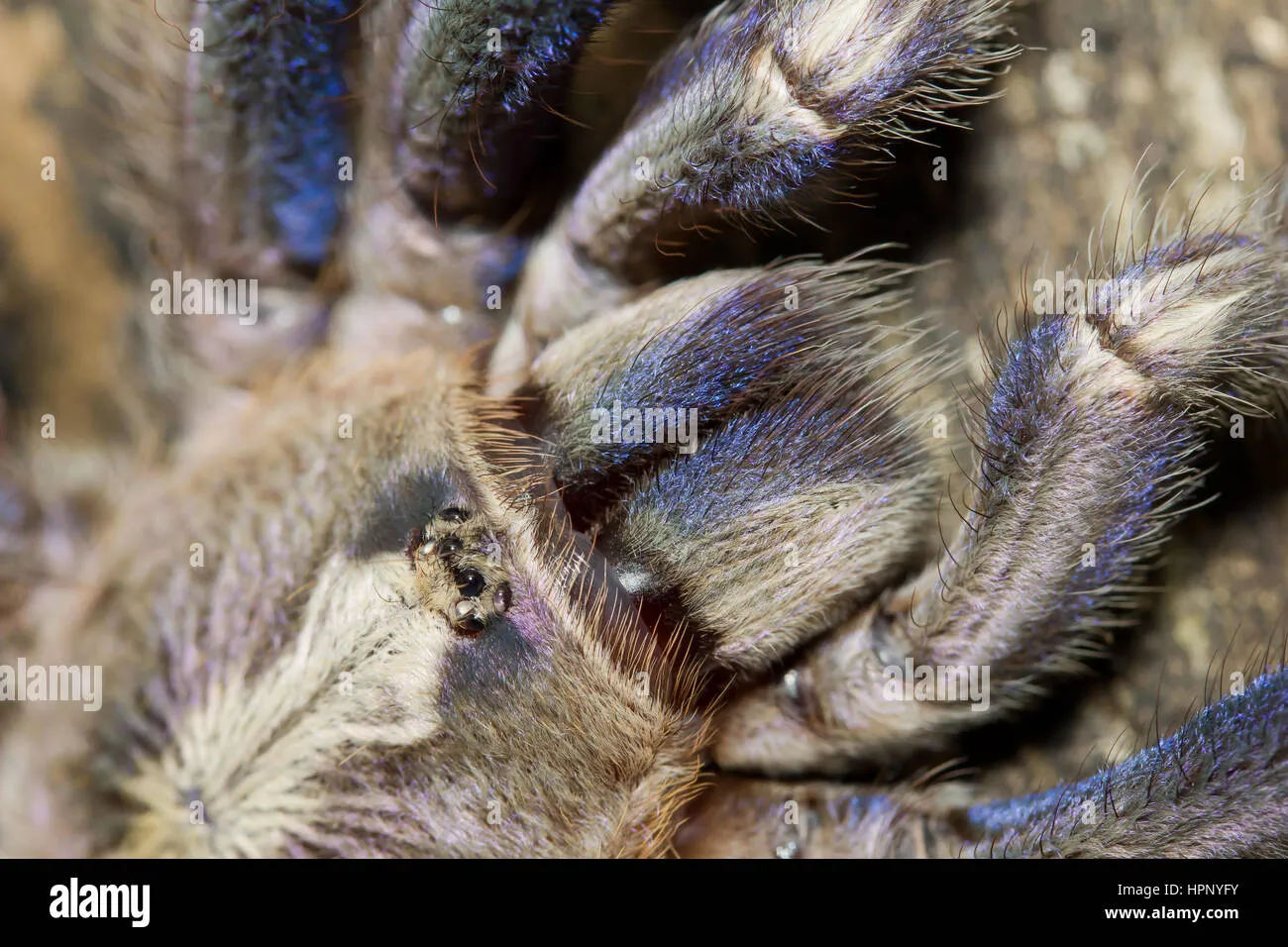The Gooty Tarantula, a captivating and often misunderstood arachnid, sparks curiosity and concern alike. One of the most common questions surrounding this species revolves around its toxicity. Is the Gooty Tarantula poisonous? This comprehensive guide delves into the intricacies of Gooty Tarantula bites, venom, and the facts behind the myths, providing a clear and accurate understanding of these fascinating creatures. The goal is to demystify the dangers and help you understand them correctly.
What is a Gooty Tarantula?
The Gooty Tarantula (Poecilotheria metallica), also known as the Metallic Tarantula, is a striking species known for its vibrant metallic blue and yellow markings. It is a member of the tarantula family, characterized by its large size, hairy appearance, and potent fangs. These spiders are nocturnal hunters, primarily feeding on insects and occasionally small vertebrates. Understanding their physical characteristics and behavior is crucial for anyone curious about them.
Identifying the Gooty Tarantula
Distinguishing the Gooty Tarantula from other tarantulas is relatively straightforward. Their most notable feature is their striking metallic blue coloration, particularly on their legs, and contrasting yellow or white patterns on their carapace and abdomen. They are a relatively large species, with a leg span that can reach up to 8 inches. Their arboreal lifestyle and distinctive coloration make them easily identifiable, setting them apart from many other tarantula species.
Habitat and Distribution
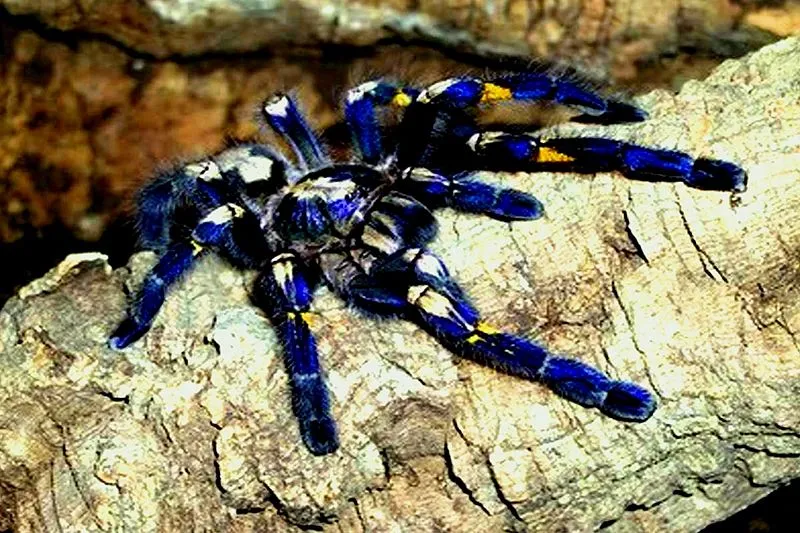
Gooty Tarantulas are native to a very specific region in India, namely the Nandyal region of Andhra Pradesh. Their natural habitat consists of mature trees within specific forest environments. They are arboreal, spending most of their lives in trees, constructing silk retreats within tree hollows or under bark. Due to habitat loss and other factors, they are considered endangered in the wild. Efforts are being made to protect their natural habitat.
Is the Gooty Tarantula Poisonous or Venomous?
The primary question we aim to answer is: Is the Gooty Tarantula poisonous? The answer is no. The term ‘poisonous’ is often misused when referring to animals like tarantulas. Poisonous animals are those that secrete toxins through their skin or other means, and these toxins are harmful when ingested or touched. In contrast, tarantulas are venomous animals, which means they inject toxins into their prey or potential threats through fangs. This is a crucial distinction when understanding the effects of a Gooty Tarantula bite.
Poison vs Venom the Difference
The difference between poison and venom is critical. Poison is harmful when ingested, inhaled, or absorbed through the skin. Examples include certain types of poisonous plants or chemicals. Venom, on the other hand, is injected through a bite or sting. This is the mechanism used by tarantulas. When a Gooty Tarantula bites, it injects venom, a complex mixture of toxins designed to incapacitate prey. Knowing this helps clarify the true nature of the threat.
The Nature of Tarantula Bites
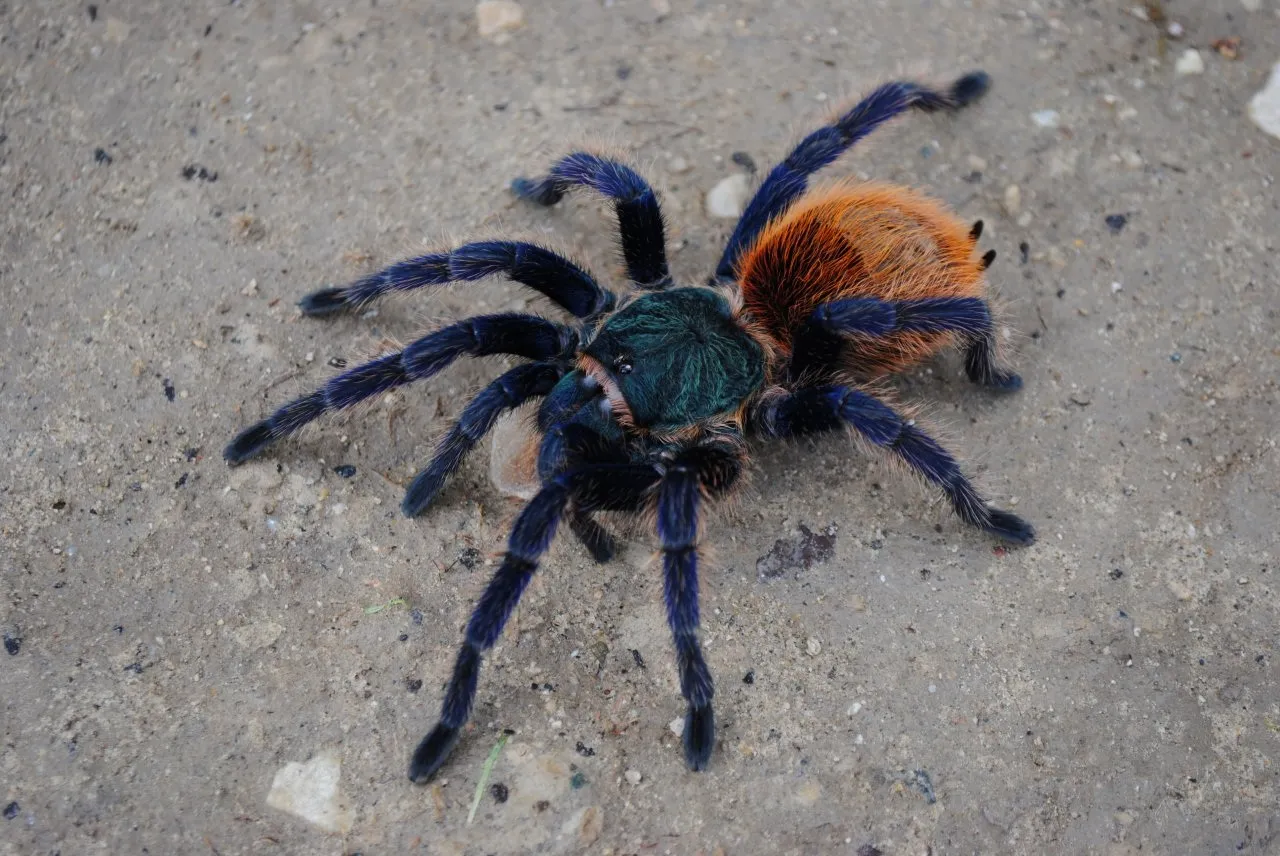
Tarantula bites are a defensive mechanism. They typically bite when threatened or provoked. The fangs of the Gooty Tarantula are quite long, allowing them to effectively inject venom. While the bite itself can be painful, the severity of the reaction depends on several factors, including the amount of venom injected and the individual’s sensitivity to the venom. It’s essential to understand that bites are usually a last resort for tarantulas, and they generally prefer to avoid confrontation.
Are Gooty Tarantula Bites Dangerous to Humans?
While Gooty Tarantulas are venomous, their bites are rarely life-threatening to humans. The venom contains a mixture of toxins that can cause localized pain, swelling, and muscle cramps. However, they are not known to produce a systemic reaction in most cases. It’s important to note that individual reactions vary. Some people may experience more severe symptoms than others, particularly if they have allergies or sensitivities. The primary concern is typically the physical discomfort and potential for secondary infection at the bite site.
Symptoms of a Gooty Tarantula Bite
Symptoms following a Gooty Tarantula bite typically include immediate pain at the bite site, often described as similar to a bee sting. Other common symptoms involve localized swelling, redness, and itching. Muscle cramps or spasms may also occur, and some individuals might experience nausea, headache, or increased heart rate. The severity of these symptoms can vary depending on individual sensitivity and the amount of venom injected. In rare cases, more severe reactions may occur.
First Aid and Treatment
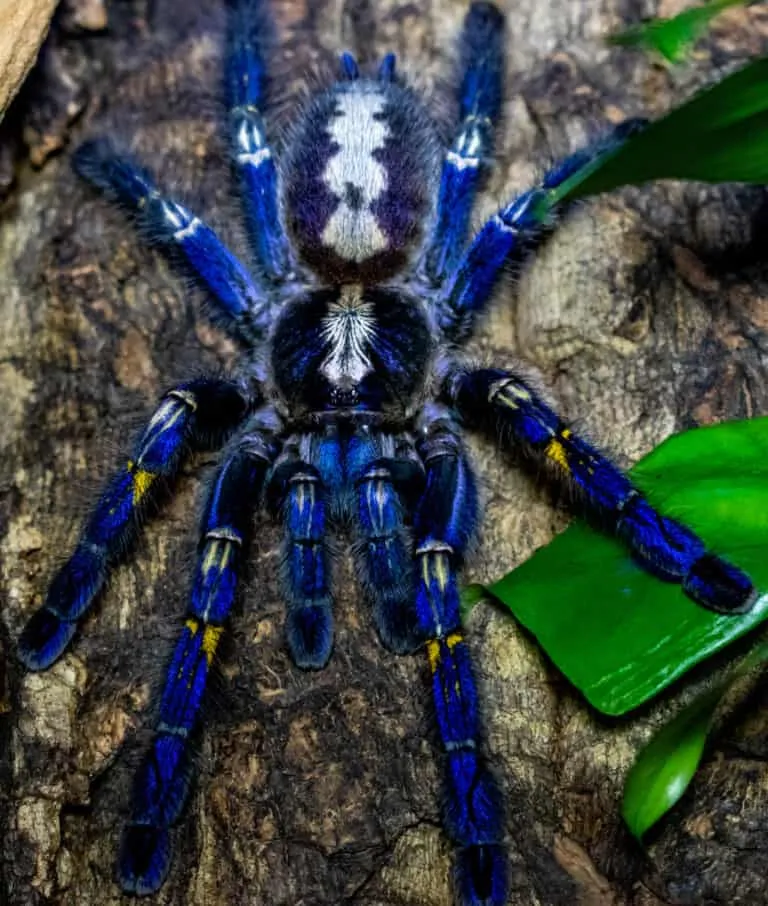
If bitten by a Gooty Tarantula, the following first aid steps are recommended. Clean the bite area thoroughly with soap and water. Apply a cold compress to reduce swelling and pain. Elevate the affected limb if possible. Monitor the person for any severe symptoms such as difficulty breathing or a rapid heartbeat, and seek immediate medical attention if these symptoms appear. Generally, medical treatment focuses on managing symptoms, which may include pain relief and antihistamines. Prevent infection with proper cleaning and care of the bite area.
Gooty Tarantula Venom Composition
The venom of the Gooty Tarantula is a complex mixture of various proteins and peptides. The exact composition can vary slightly between individual spiders. These components are designed to immobilize and begin the digestion of prey. Some of the toxins present in the venom can affect the nervous system, causing pain and muscle spasms. Research into the exact components of tarantula venom is ongoing, and this information helps in potential treatments.
Toxicity Levels in Tarantula Species
Toxicity levels vary among different tarantula species. Some species have more potent venom than others. The Gooty Tarantula is considered to have a moderate level of toxicity. Their venom is not as potent as some other species, but it is still capable of causing significant discomfort. The degree of toxicity is influenced by several factors, including the spider’s size, age, and overall health. There is also research into spider venom for possible medical applications.
Impact of Gooty Tarantula Bites on Different Individuals
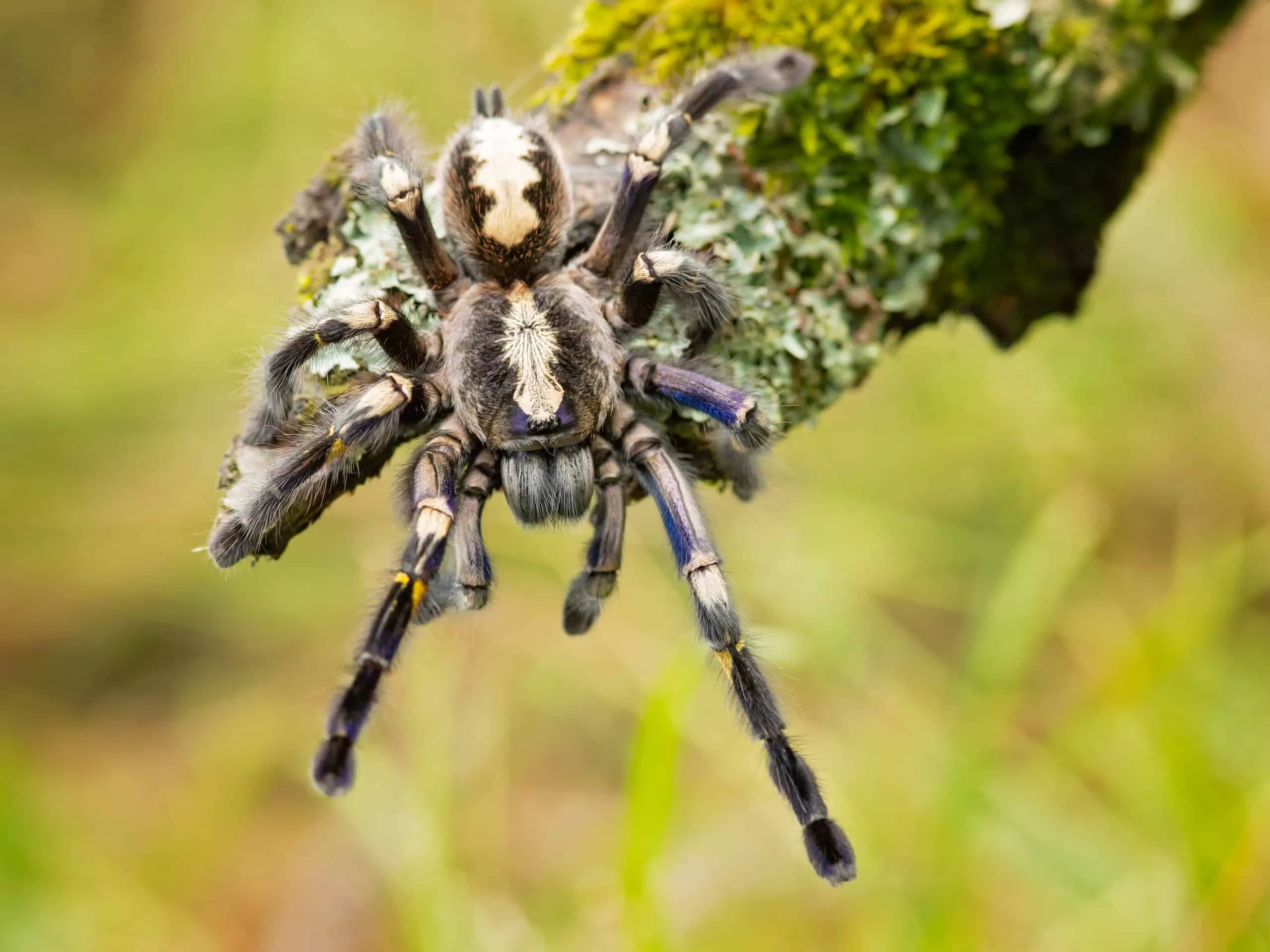
The impact of a Gooty Tarantula bite can vary significantly depending on the individual. Factors include the person’s size, overall health, and sensitivity to the venom. Children, the elderly, and individuals with underlying health conditions may experience more severe symptoms. Allergic reactions can also influence the outcome. People with a history of allergies or sensitivities to insect venom should seek medical attention immediately if bitten. General health also plays a significant role in the body’s response.
Debunking Common Myths about Gooty Tarantulas
Many myths surround Gooty Tarantulas, often exaggerating their danger. One common myth is that their bite is always deadly. As discussed, this is generally untrue. Another myth is that they are aggressive and attack humans on sight. In reality, these spiders are generally timid and prefer to avoid confrontation. Many misconceptions exist because people do not understand their natural behaviors. Educating the public is crucial to dispel fear and promote respect for these creatures.
Gooty Tarantula Behavior and Defense Mechanisms
Understanding a Gooty Tarantula’s behavior and defense mechanisms is essential to avoid bites. They are generally not aggressive and will only bite if they feel threatened or provoked. Their primary defense mechanism includes biting, and the flicking of urticating hairs from their abdomen. These hairs can cause irritation to the skin and eyes. They also may attempt to escape if they feel threatened. Knowing their behavior helps in safe handling.
- Avoid handling tarantulas unless necessary.
- If handling is required, do so with care and gentle movements.
- Always be aware of the spider’s surroundings.
- Never put your hand directly in front of a tarantula.
- Keep a safe distance from a tarantula when possible.
Conclusion
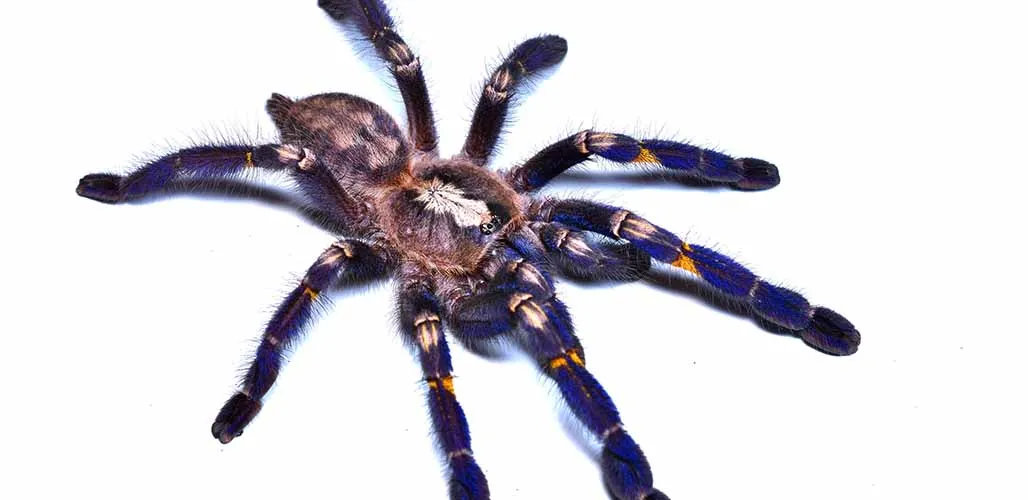
In conclusion, the Gooty Tarantula is not poisonous, but it is venomous. While its bite can be painful and cause localized symptoms, it is rarely life-threatening to humans. By understanding the difference between poison and venom, along with the behavior and defense mechanisms of the Gooty Tarantula, you can dispel common myths and approach these fascinating creatures with informed respect. Proper education and caution are the keys to ensuring safety and appreciating the Gooty Tarantula and its important role in its ecosystem.
